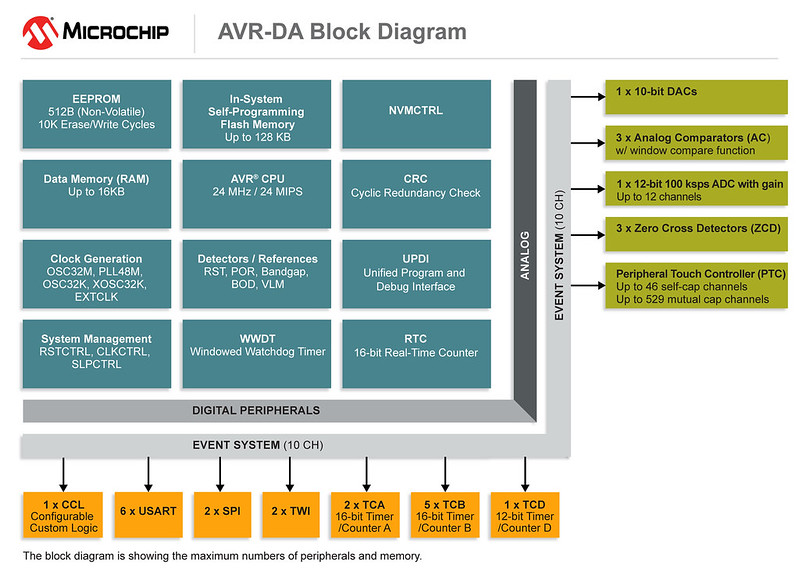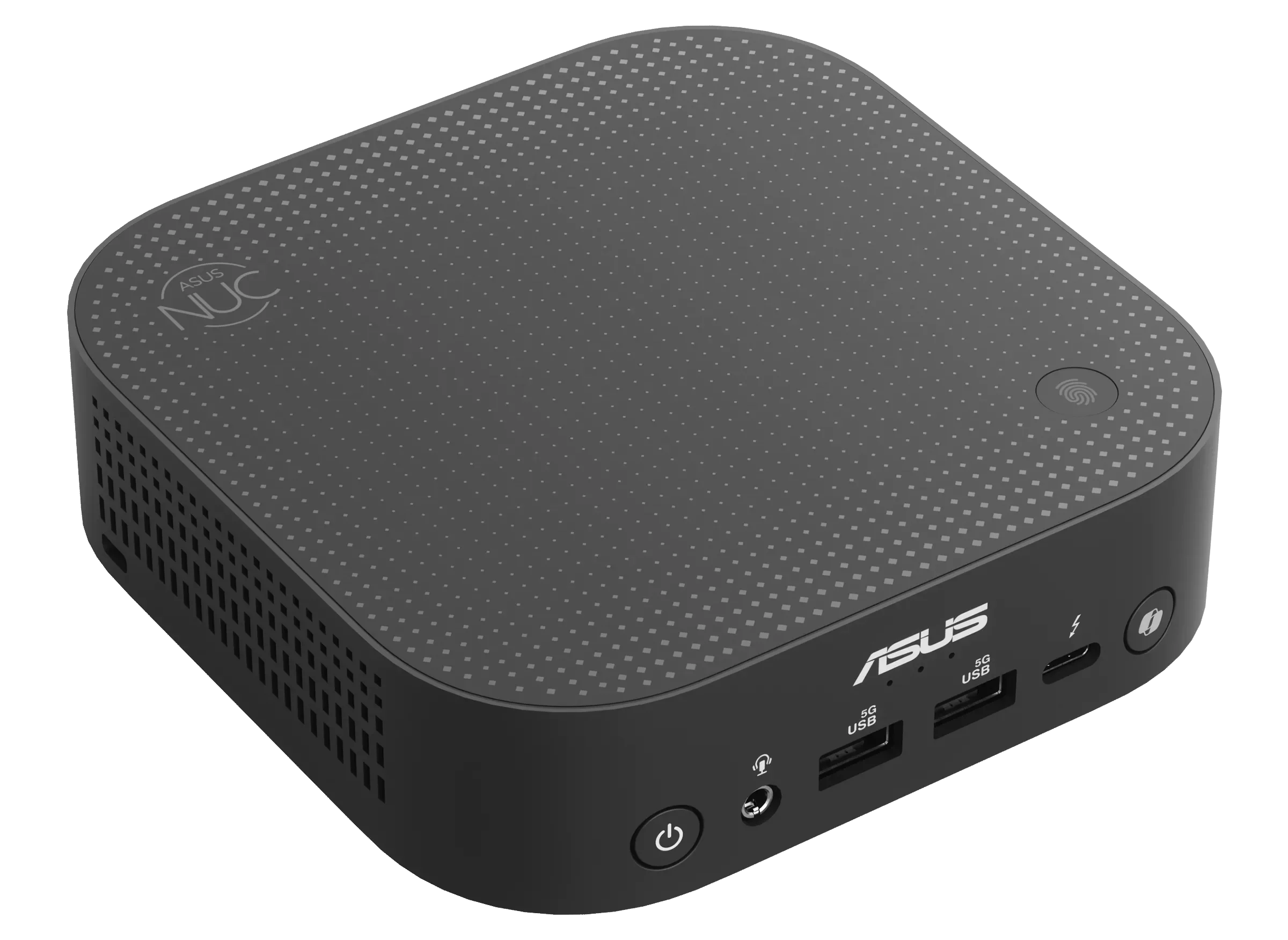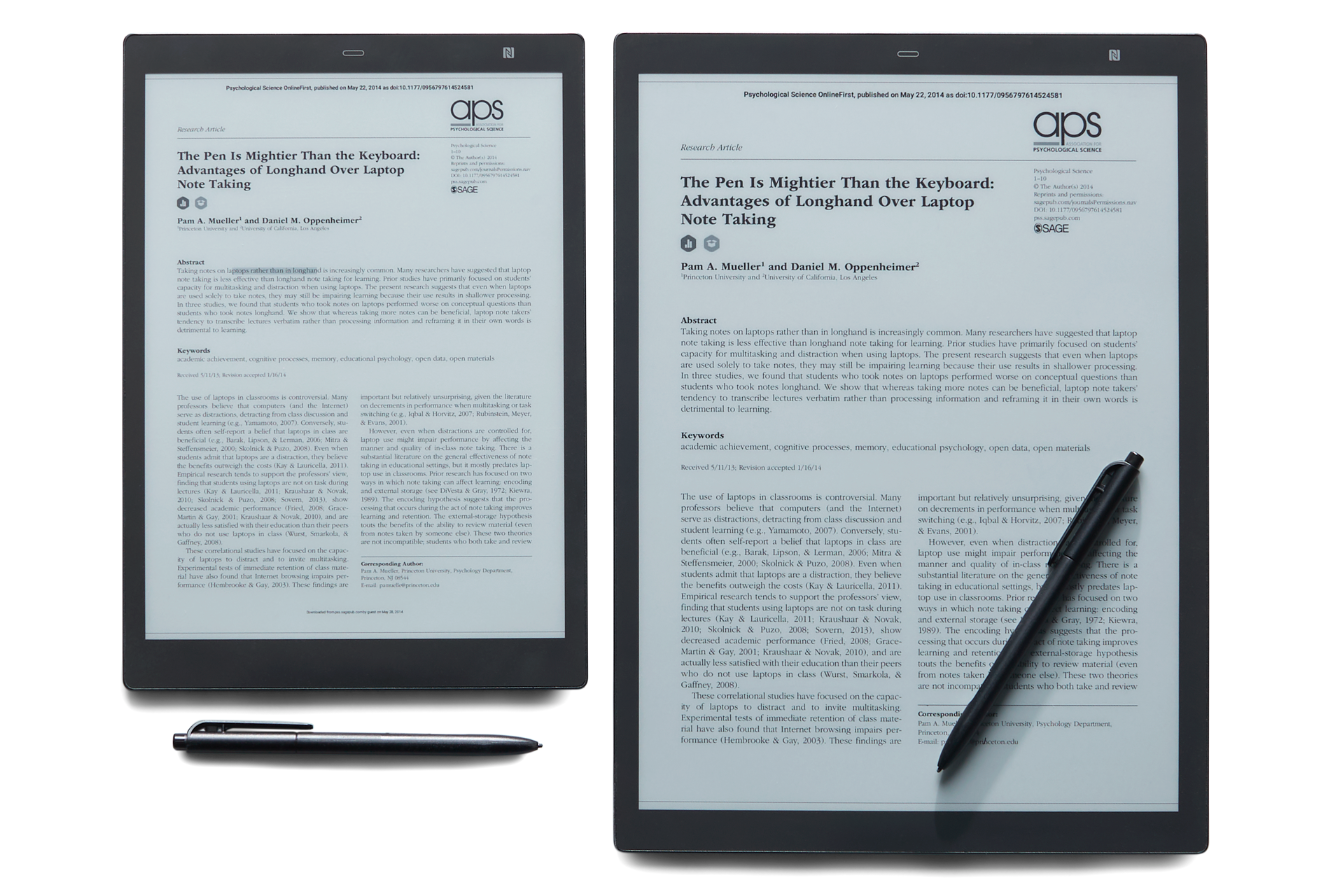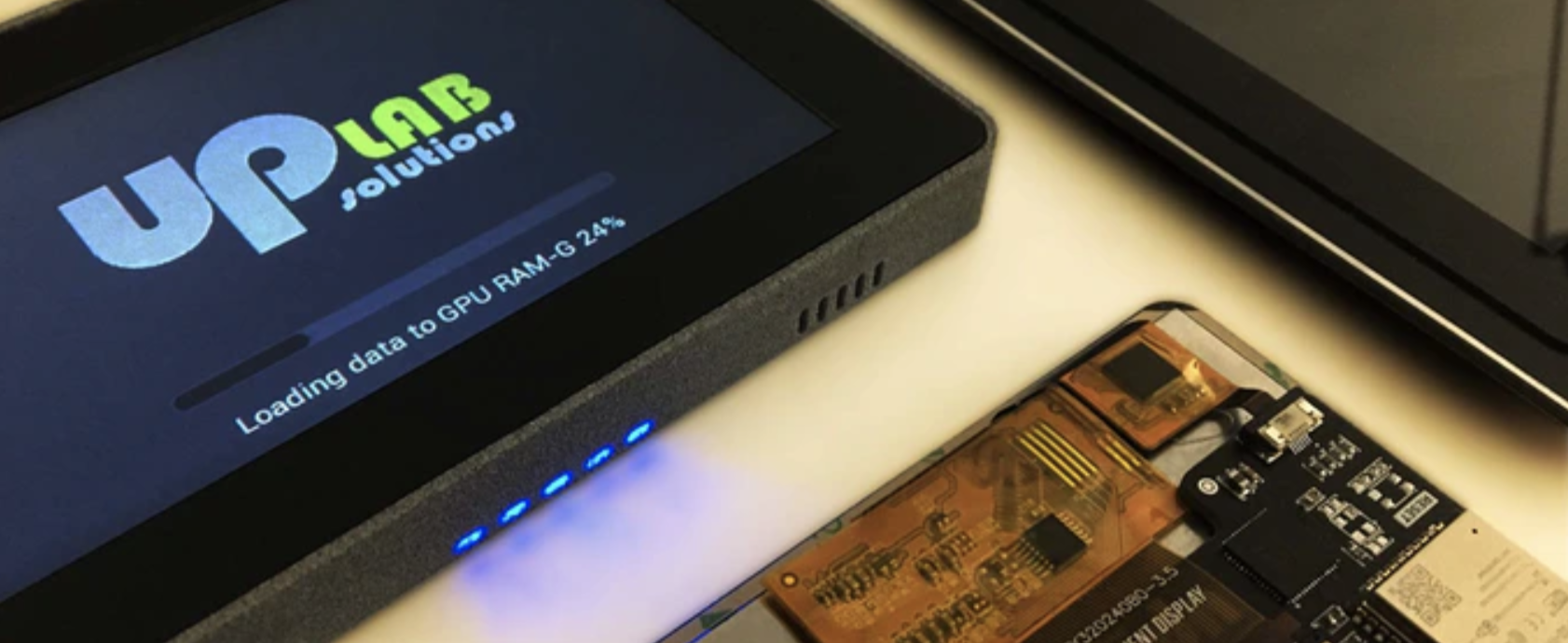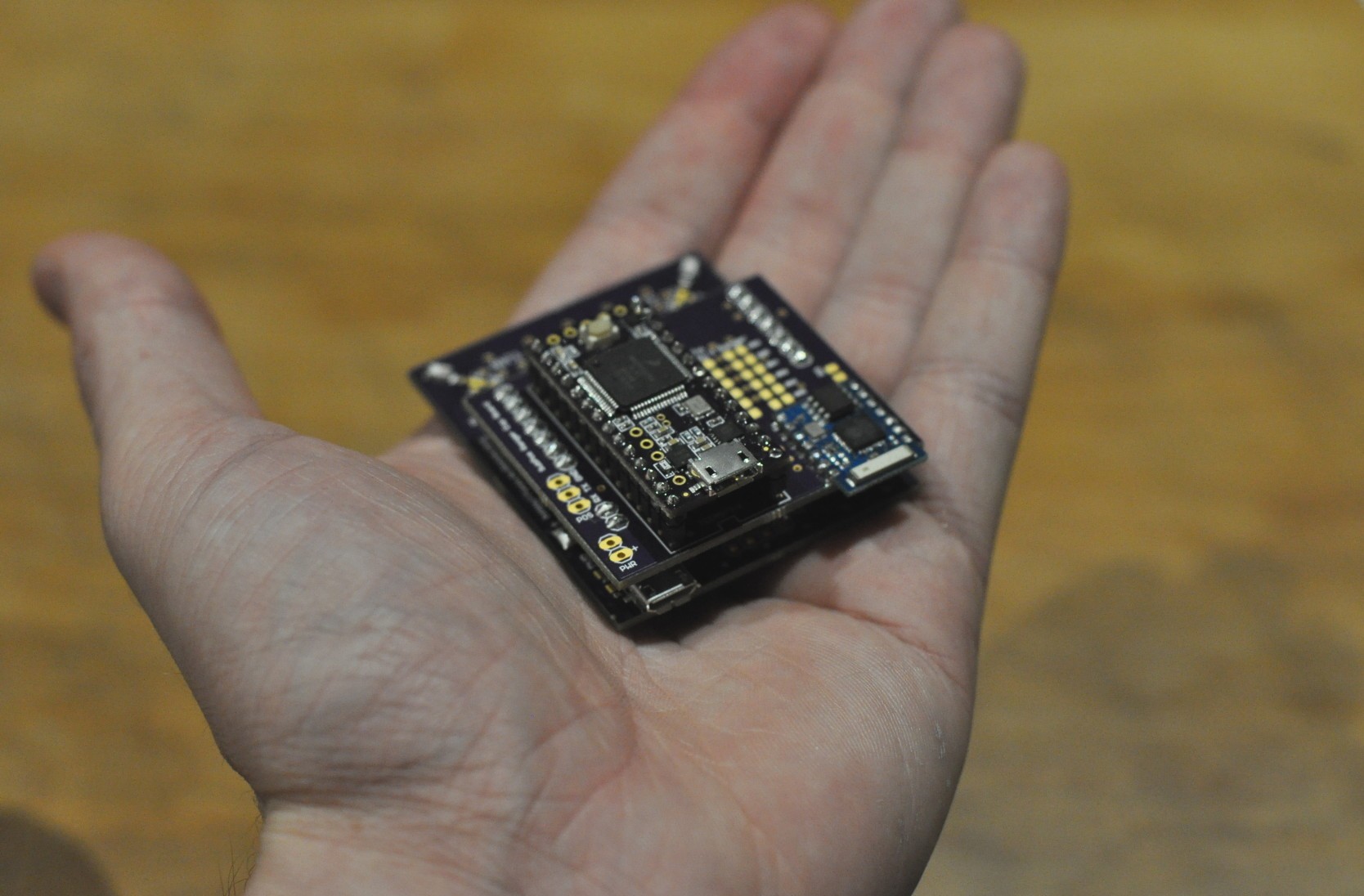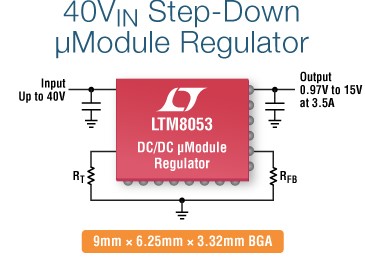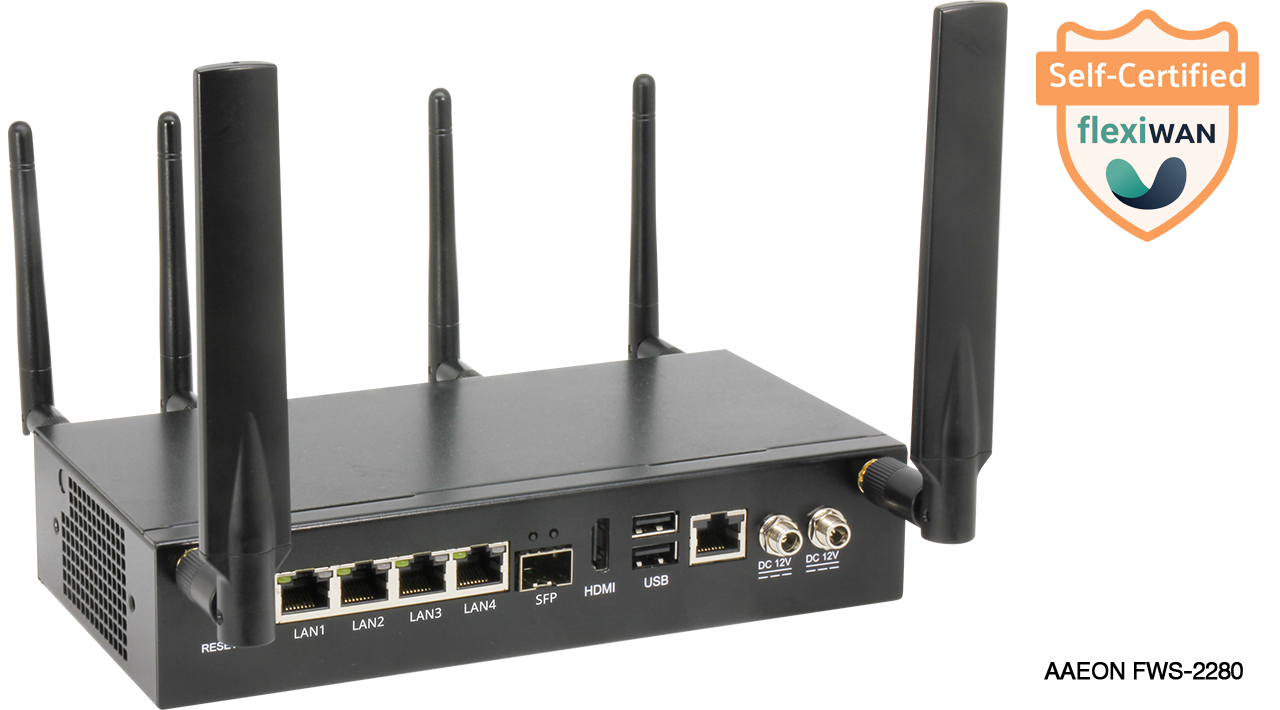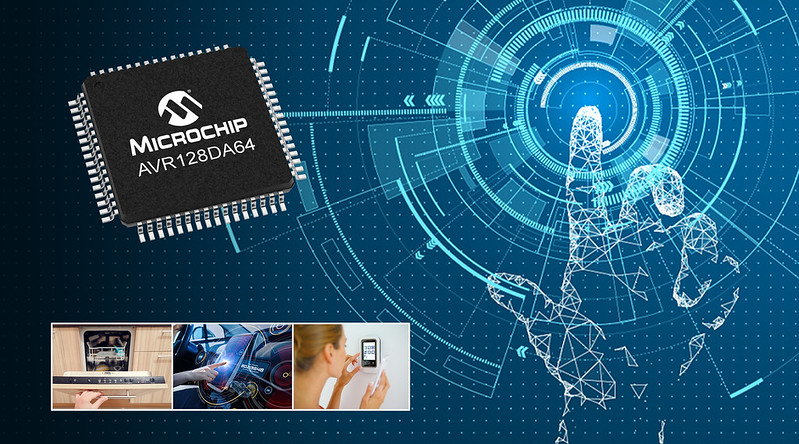
The AVR DA family incorporates several new safety features together with integrated Peripheral Touch Controller
As the Internet of Things (IoT) delivers greater connectivity for industrial and home applications and as connected vehicles enhance cabin and operational features, higher-performance microcontrollers are required for better real-time control as well as to enable enhanced human machine interface applications. Microchip has released its next generation AVR® DA family of microcontrollers (MCUs) – its first Functional Safety Ready AVR MCU family with Peripheral Touch Controller (PTC).
With this AVR DA family of microcontrollers Microchip builds on our legacy of high performance and high code efficiency devices, now meeting new demand across multiple industries with advanced analog and core independent peripherals, and more capacitive touch channels over existing devices, said Greg Robinson, associate vice president of marketing, 8-bit microcontroller business unit. The technology spans applications from connected home security, building automation and sensor systems to automotive and industrial automation, enabling the designs of more robust, accurate and responsive applications.
Microchip’s Functional Safety Ready designation is applied to devices that incorporate the latest safety features and are supported by safety manuals, Failure Modes, Effects, and Diagnostic Analysis (FMEDA) reports, and in some cases, diagnostic software – reducing the time and cost of certifying safety end applications. The AVR DA MCU family includes several integrated safety functions to ensure robust operation – features ensuring a sufficient supply voltage such as power-on reset, brown-out detector and voltage-level monitor. The cyclic redundancy check (CRC) scan ensures the application code in the flash memory is valid. By ensuring code integrity, unintended and potentially unsafe behavior of the application can be avoided.
Microchip’s new AVR DA family of MCUs enables CPU speeds of 24 MHz over the full supply voltage range, memory density of up to 128 KB flash, 16 KB SRAM and 512 bytes of EEPROM, 12-bit differential ADC, 10-bit DAC, analog comparators and zero cross detectors. The PTC enables capacitive touch interface designs supporting buttons, sliders, wheels, touchpads, smaller touch screens as well as gesture controls used in a wide range of consumer and industrial products and vehicles. The AVR DA family of MCUs supports up to 46 self-capacitance and 529 mutual capacitive touch channels and features the latest generation PTC with Driven Shield+ and boost mode technologies providing enhanced noise immunity, water tolerance, touch sensitivity and response time.
In addition, the AVR DA family of MCUs brings additional value to embedded real-time control systems. The integrated event system enables inter-peripheral communication without involving the CPU. Events are latency free and never lost, providing enhanced real-time performance and predictability for reliable and safe designs. By reducing the time the CPU needs to be active, the overall power consumption of the application is reduced.
Features of the AVR DA Microcontrollers
- AVR Core Running at up to 24 MHz
- Up to 128 kB Flash Memory
- Up to 16 kB SRAM
- Up to 22 Channels, 12-bit Analog-to-Digital Converter
- 10-bit Digital-to-Analog Converter
- Analog Comparator with scalable reference input
- Up to three Zero Cross Detectors
- Cyclic Redundancy Check scan
- 16-bit Real Time Clock
- Up to 10-Channel Peripheral Event System
- Peripheral Touch Controller
- Internal Voltage Reference
- USART/SPI/dual-mode Two-Wire Interface
- In-Circuit Programming
The configurable custom logic peripheral enables the setup of logical functions internally, eliminating the need for external components, reducing board space and bill of material costs. With the new advanced analog features like the 12-bit differential ADC, the AVR DA family of MCUs can measure small amplitude signals in noisy environments, making them well suited for sensor node applications in harsh environments.
The AVR DA family of MCUs’ high memory density and SRAM-to-flash ratio make it attractive for both wireless and wired connected sensors nodes, as well as other stack-intensive applications.
More information on the AVR DA Product Family can be found on the Microchip Web site at Microchip AVR DA main page





